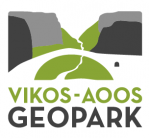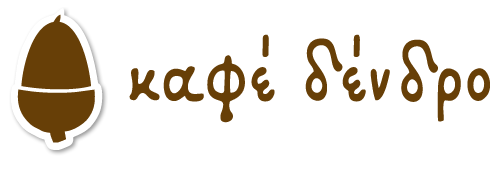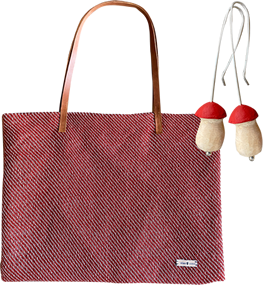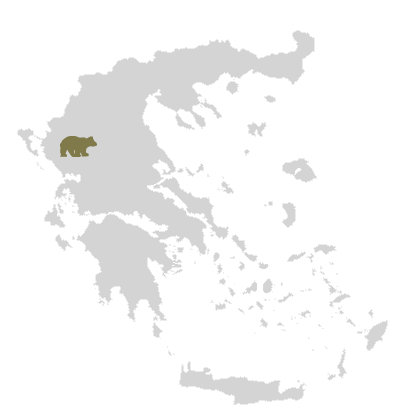Vikos Aoos Geopark
Material of Geopark is courtesy of Georgia K. – geozagori@gmail.com
Geopark
Geotrails
Gallery
A laboratory of nature
In 2010 the Vikos-Aoos region, part of Northern Pindos National Park, became a Geopark. Due to its unique geological heritage there are numerous geosites with a wide range of geological aspects. They form a landscape of incomparable beauty. Natural processes have carved out an impressive relief. The steep rocky mountaintops alternate with deep gorges and hill sides with lush vegetation. Tectonic structures, glacial remnants, alpine lakes, rock shelters, caves, waterfalls and river terraces designate Vikos-Aoos Geopark (greek=γεωπάρκο Βίκου Αώου) as a unique and exceptional destination.
A geopark is defined as a territory with a particular geological heritage of international significance, rarity or aesthetic appeal, which is developed as part of an integrated concept of conservation, education and local economic development. Heritage sites within the geopark can be related not only to geology, but also to archaeology, ecology, history and culture.
Geosites are the geological-geomorphological occurrences and forms that represent significant moments in the history of the Earth. They are important witnesses of the long evolution or show recent physical, geological processes that continue to evolve on the Earth’s surface. Geosites as a total constitute a geological heritage.
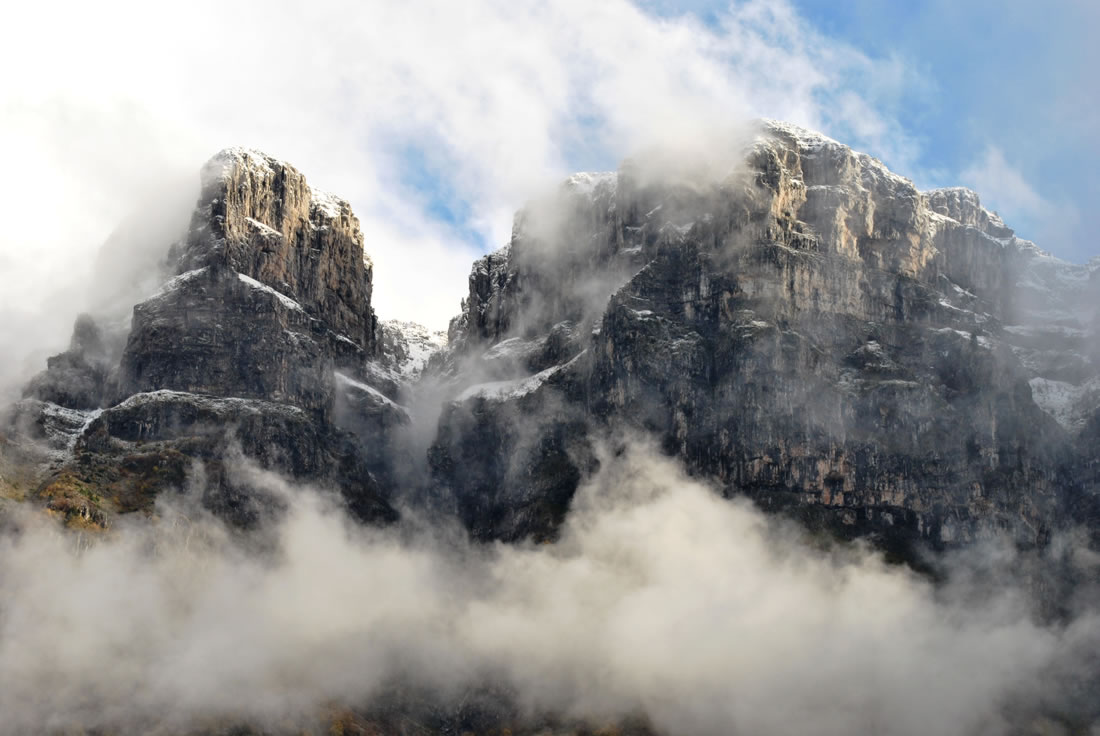
Habitants infrastructures
Throughout history, humans found shelter in the area and constructed a unique set of infrastructural elements that blend in perfectly with Nature. Stone-built bridges skilfully connect narrow passages and stretch over fast-flowing rivers, cobble-stone trails and paths connect stone-built villages to each other, all in perfect harmony with the geology of the region.

Wildflowers and herbs of Zagori
In Zagori one encounters a great number (1700 species, 1/3 of Greece’s plants) of flora, that fill alpine meadows, rocks, forests and streams with their aromas, colors and beauty. They choose wisely and with impressive specificity the places they grow and their flowering time. Even crevices are adorned with wild flowers like Saxifraga spruneri and Semprevivum marmoreum. Ramonda serbica is the wildflower of gorges and rare orchids can be found here, due to special geo-morphological features. More than 250 species of herbs with therapeutic properties contribute to the floristic value of the area (Salvia officinalis, Sideritis raeseri, Mentha longifolia).

Geotourism
Geotourism (greek = γεωτουρισμός) is nature-based tourism that focuses primarily on sites of geological interest. It promotes the exploration of geosites, the conservation of geodiversity and an understanding of Earth sciences through observation and learning. This is achieved by visiting geological features and view points, guided tours and geo-activities. Geotourism will be integrated into the entire natural profile of a valued protected area, such as a geopark.
In a global context it is viewed as a synergistic form of tourism in which the elements of landscape and geosites together create a travel experience that is richer than the sum of its parts, appealing to travelers with diverse interests. Visitors who participate in geotours are interested in social interaction with local communities, viewing landforms and other geological features and enjoying the diverse natural habitats.
Thousands of geological features worldwide have become attractions: Giants Causeway (Northern Ireland), Grand Canyon (United States), Giant Geode of Pulpi (Spain), Perito Moreno Glacier (Argentina), Madagascar’s Stone Forest, Devil’s Marbles and Wave Rock (Australia).
Geodiversity is the variety of earth materials, forms and processes that constitute and shape the Earth, either the whole or a specific part of it. Relevant materials include minerals, rocks, sediments, fossils, soils and water. Forms may comprise folds, faults, landforms and other expressions of morphology or relations between units of earth material. Any natural process that continues to act upon, maintain or modify either material or form (for example tectonics and sediment transport) represents another aspect of geodiversity.

Geohiking Geotrekking
Geohiking is geology-themed hiking. The main intention is to bring the hiker into contact with the local geological heritage. You don’t have to be a geologist, just a traveler who wishes to partake in the history of the Earth we all share. The landscapes of Zagori are shaped and defined by their geology, creating a great number of geosites. A geosite -geo (Greek) + situs (Latin)- is an area showing geological features of intrinsic scientific interest, features that allow us to understand the key stages of Earth’s evolution. Exploring the geosites of Zagori can be both enjoyable and educational!

Go to Geotrails

 Nature in Greece | Mountains, lakes, forests, fauna and flora
Nature in Greece | Mountains, lakes, forests, fauna and flora









